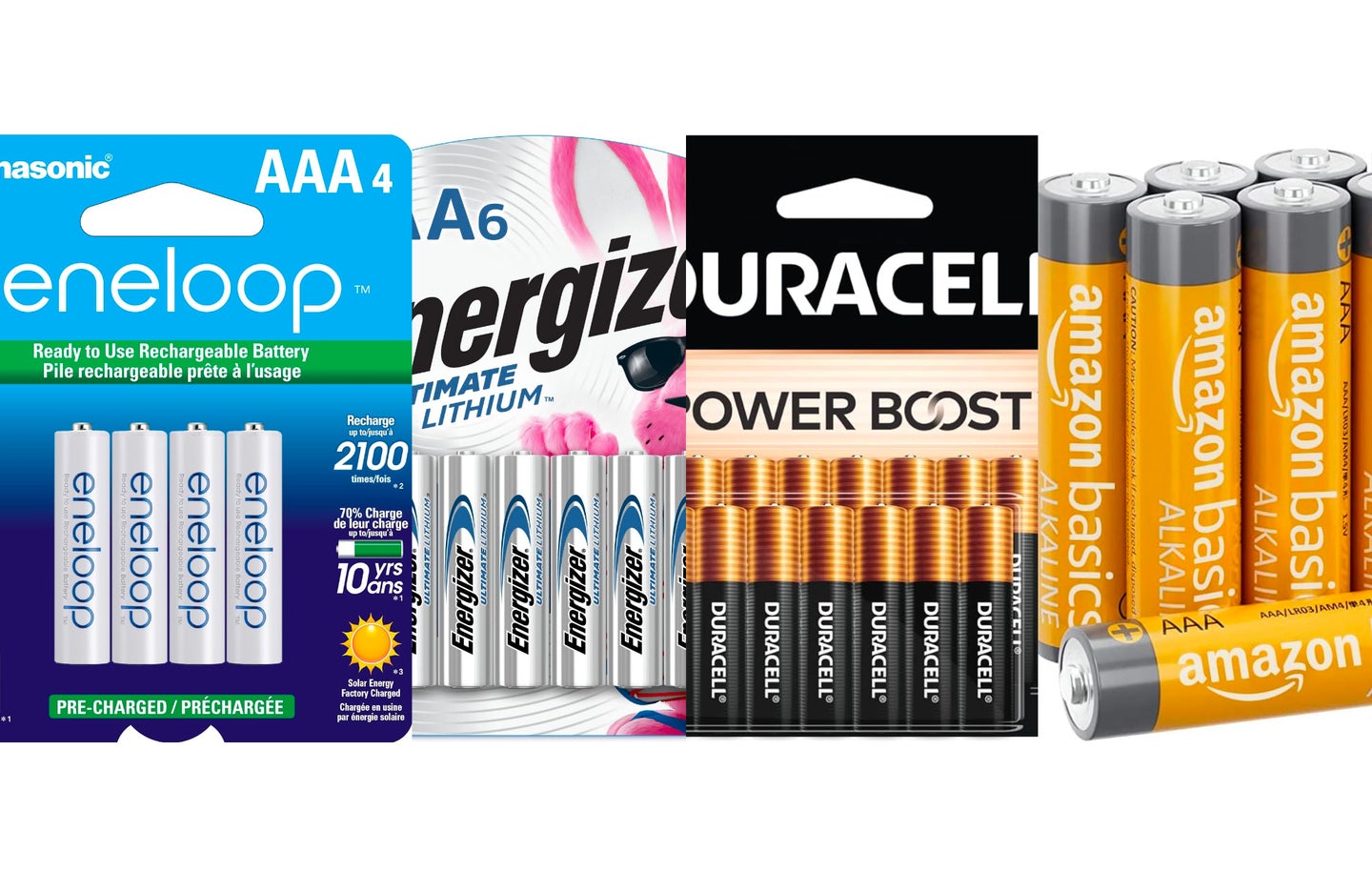
We may earn revenue from the products available on this page and participate in affiliate programs. Learn more ›
AAA batteries (aka triple-A batteries) power all kinds of devices, from recreational to essential. They’re found in dozens of devices, from digital cameras and drones to laser levels and blood pressure monitors. These tiny powerhouses deliver the same 1.5V output as AA batteries, but they are smaller and lighter, so the gadgets they are used in can be more compact. While all AAA batteries are the same physical size, their performance, durability, and cost can vary considerably. To help you find the right combination of power and value, we’ve rounded up the best AAA batteries to serve your needs.
- Best overall: Panasonic Eneloop
- Best splurge: Panasonic Eneloop Pro
- Best disposable: Energizer Ultimate AAA Batteries
- Best alkaline: Duracell CopperTop Batteries
- Best for flashlights: POWEROWL Lithium Batteries
- Best budget: Amazon Basics AAA Batteries
How we chose the best AAA batteries
AAA batteries power thousands of electronics, so we stuck to technical specs to help us decide which ones were worth recommending. We began by breaking the batteries into their three types: alkaline, lithium, or nickel metal hydride (usually known as NiMH or Ni-MH). Each of these has its pros and cons, so it was important to understand how they perform in order to choose which was best for particular uses.
Then, we focused on power. These batteries have a nominal voltage of 1.5V, and each device uses that stored energy differently. They are often called high-drain (like drones) or low-drain (like simple alarms). When making the picks, we wanted to offer solutions that suited all types of gadgets. Value was also top of mind while conducting our research, as plenty of cheap AAA batteries are available, and some are an excellent value. However, high-drain devices can quickly burn through them, so they are often a false economy.
The best AAA batteries: Reviews & Recommendations
Our main aim with this battery guide is to explain the different types of triple-A batteries and give examples of the best of each type via our top picks. We researched all the leading brands to get a comprehensive market view. When choosing our favorites, we tried to find the best balance between performance and price.
Best overall: Panasonic Eneloop
Panasonic
Specs
- Type: NiMH
- Capacity: 800 mAh
- Pack sizes: Four, 12, 16, 24
Pros
- Up to 2,100 recharge cycles
- Ready to use
- Durable power storage
Cons
- Expensive
- Long charging times
It wasn’t easy to pick the best AAA batteries overall due to the performance and price differences between our recommendations. However, Panasonic’s Eneloops are currently the longest-lasting rechargeable batteries on the market, which gives them the edge over our favorite disposable model. Panasonic says you can top up the Eneloop batteries up to 2,100 times. These rechargeable batteries aren’t cheap, but their durability provides very competitive long-term value.
Panasonic’s Eneloop AAA batteries also overcame two notable drawbacks of many rechargeable NiMHs. First, many of them need to be charged before use, whereas this set is pre-charged at the factory using solar energy. Second, many rechargeable batteries don’t hold their charge while not in use, but the Panasonic Eneloop batteries retain up to 70 percent of their maximum capacity for a decade when stored following the manufacturer’s instructions.
Unlike alkaline batteries, which lose charge dramatically in rough conditions, Panasonic’s Eneloop AAA rechargeable batteries still function when the temperature hits -4 degrees Fahrenheit. However, recharging the batteries once they die will take several hours. It’s worth buying these rechargeable batteries with a charger if you don’t already have one, as Panasonic’s own model has smart features that charge each battery to the optimum level individually and turn off automatically when full charge is reached.
Best splurge: Panasonic Eneloop Pro
Panasonic
Specs
- Type: NiMH
- Capacity: 950 mAh
- Pack sizes: Four, 12, 16, 24
Pros
- Pre-charged
- Up to 500 recharge cycles
- High capacity
- Excellent energy retention
- Good cold weather performance
Cons
- Expensive
- Not for watertight devices
Spending close to $20 on a four-pack of AAA batteries may seem foolish, but the Eneloop Pros will pay for themselves over time. Unlike many NiMH AAA batteries, the Panasonic Eneloop Pros come ready to use, pre-charged using environmentally friendly solar power. Over a year, they will retain up to 85 percent of their charge, so they can be trusted to perform when required.
This makes them useful with tools in your emergency supplies kit or high-drain devices like camera flashes and drones. Naturally, they’ll also power smaller draw electronics like wireless keyboards and mice for months or years without having to be topped up. Panasonic says the Eneloop Pro AAA Batteries can be recharged up to 500 times.
Best disposable: Energizer Ultimate AAA Batteries
Energizer
Specs
- Type: Lithium Iron Disulphide
- Capacity: 1,250 mAh
- Pack sizes: Four, eight, 12, 16, 18, 20, 24, 80
Pros
- Consistent power delivery
- Outstanding shelf life
- Excellent temperature range
Cons
- Expensive
- Beware of fakes
The Energizer Ultimate is a relatively expensive choice compared to other AAA batteries. This six-pack is similarly priced to Panasonic’s Eneloop batteries, but these are not rechargeable. Energizer charges two or three times as much as Duracell does for the best alkaline AAA disposable batteries, but in performance terms, it has advantages over both.
A capacity of 1,250 mAh gives the Energizer Ultimate AAA Batteries dependable, durable power. In essence, it means they run continuously for longer periods of time. These are the ideal AAA batteries for high-drain devices like digital cameras, game controllers, and security devices. They have an operating range from -40 to 140 degrees Fahrenheit, so temperature fluctuations present no problems. The LiFeS2 chemistry gives it a shelf life of up to 20 years, and unlike rechargeable batteries, they don’t drain while being stored. They do not leak, and Energizer says they’re up to 30 percent lighter than alkaline rivals.
We have read reports of fakes being discovered, particularly in large pack sizes, so beware of unusually low prices and only buy from reputable Amazon sellers.
Best alkaline: Duracell CopperTop Batteries
Duracell
Specs
- Type: Alkaline
- Capacity: 1,150 mAh
- Pack sizes: Two, four, eight, 12, 16, 20, 24, 28, 36, 40, 56
Pros
- Reliable long-term performance
- Long shelf life
- Good value for money
Cons
- Not for high-drain gadgets
- Packaging is slightly confusing
Duracell’s CopperTop Batteries are the best high-quality, mid-range AAA batteries you can get. They don’t match the performance of lithium batteries but cost considerably less. This 20-pack will set you back roughly as much as an eight-pack of lithium batteries. There are certainly cheaper batteries around, but those “throwaway” models don’t offer the long-lasting power of the Duracell CopperTops. These AAA batteries are best used in flashlights, toys, electronic thermometers, bathroom scales, and other medium-drain devices where changing batteries repeatedly would get frustrating.
Their 1,150 mAh is remarkably high for alkaline batteries, which means Duracell CopperTops deliver more consistent energy than many competitors. Like all alkaline batteries, they will lose charge more quickly at lower temperatures, so you shouldn’t choose them for use in trail cameras or devices outdoors for long periods. Also, for high-drain devices, we would still recommend lithium alternatives.
Duracell’s packaging was also unnecessarily vague, with certain specs changing based on how many batteries were in the package. Some say the shelf life is 10 years, while others say it is 12 years. This may just be a design change and makes a negligible difference to performance, if any. There are very few complaints about batteries leaking, but huge volumes of Duracell CopperTops are sold, so in our view, the numbers do not indicate a significant problem.
Best for flashlights: POWEROWL Lithium Batteries
POWEROWL
Specs
- Type: Lithium
- Capacity: 1,200 mAh
- Pack Sizes: Eight
Pros
- High capacity
- Usable in temperatures between -40 and 140 degrees Fahrenheit
- 10-year shelf life
Cons
- Only available in one pack size
A flashlight is often used in emergencies and may have been left unattended for months. The last thing you need when the lights go out is to be forced to search around in the dark for batteries. This set of AAA batteries from POWEROWL has a decade-long shelf life, so even if you use your flashlight sparingly over a decade, you shouldn’t need to reach for a second pair.
If you rely on your flashlight regularly, these AAA batteries have a 1,200mAh capacity, up to 30 percent higher than some of our other recommendations. This means you’ll be able to use them for longer periods of time and can recharge them once they’ve died. We like that POWEROWL designed its batteries to survive a 180-degree temperature range, so you won’t have to worry about them conking out if you need your flashlight in the dead of winter. We find it a little peculiar that POWEROWL only offers this type of AAA battery in an eight-pack, so you may need to buy two of them depending on the size and power needs of your flashlights.
Best budget: Amazon Basics AAA Batteries
Amazon Basics
Specs
- Type: Alkaline
- Capacity: 800 mAh (estimated)
- Pack sizes: Four, eight, 10, 20, 36, 100
Pros
- Multiple household uses
- Long shelf life
- Good value
Cons
- Modest performance
- Leaks not unknown
Sometimes, high-power AAA batteries are a good idea, but having a set of cheap AAA batteries in the junk drawer for low-power devices like clocks, kitchen timers, TV remotes, and small toys is also convenient. There isn’t any upside in using expensive lithium or NiMH rechargeable batteries in these low-drain devices. Amazon Basics’ AAA Alkaline Batteries are the better choice, and you can even get a pack of 100 if you’d like to be sure to have some on hand.
Amazon says the shelf life for these batteries is 10 years, and they contain no toxic components. which makes them easy to recycle. The batteries’ minimal fuss-free packaging is another plus. Amazon doesn’t appear to provide a capacity rating for its alkaline AAA batteries but does for its rechargeable version. Our estimate is based on that figure, and in our experience, is likely to be within 50 to 100 mAh. We would not recommend them for medium- or high-drain electronics like drones.
What to consider when shopping for the best AAA batteries
There are many factors to weigh when deciding which AAA batteries are best for your needs. Below, you’ll find the ones we considered most important when deciding which to include in our guide.
Power
All AAA batteries deliver 1.5 volts of power, so deciding which are the best AAA batteries for particular devices largely comes down to the type, or in other words, the chemicals used to hold the charge. These are the main types of AAA batteries, along with their advantages and disadvantages.
- Alkaline. Alkaline AAA batteries combine graphite, magnesium, potassium, steel, and zinc. They are considered environmentally friendly because they are relatively easy to recycle. Shelf life (how long they will last if left unused) is from seven to 10 years. They are the cheapest AAA batteries and are recommended for low-drain devices like remote controls, clocks, and blood pressure monitors. Alkaline batteries can leak, which could damage equipment, but it is no longer a common problem. Rechargeable alkaline AAA batteries do exist but are generally outperformed by other types.
- Lithium. There are several types of lithium AAA batteries. The most common disposable types are simply called lithium. They have a shelf life of 10 or more years and typically last three to five times as long as alkaline AAA batteries in use. As a result, lithium AAA batteries are recommended for high-drain devices. They can also withstand temperatures from below freezing to over 100 degrees Fahrenheit. The one drawback of lithium batteries is that they can occasionally produce too much power for some gadgets, so it’s important to check the device manufacturer’s recommendations before using them.
The most recent development in non-rechargeable AAA batteries is Lithium iron disulfide (Li-FeS2). They are exceptionally durable and have up to 20 years of shelf life. Lithium-ion (Li-ion) and lithium iron phosphate (LiFePO4) are both rechargeable battery types and are generally used for vehicle and marine batteries. Lithium-ion AAA batteries are available, and many have the advantage of being rechargeable via USB rather than needing a separate charger. However, they are expensive.
- NiMH. Most AAA rechargeable batteries are nickel metal hydride. While initially more expensive than alkaline or lithium disposable batteries, they can be recharged hundreds or even thousands of times. They work well in high-drain devices. Shelf life is typically around five to seven years. Though invariably marked as 1.5V, nominal voltage is usually 1.2V.
However, power is delivered very consistently rather than other types of batteries that can drop quickly. In many cases, this won’t make a great deal of difference, but again, it’s worth checking the advice of your gadget’s manufacturer. Also, the charge drains away whether used or not, so some need regular charging. You can either buy AAA rechargeable batteries with a charger or source the charger separately.
Capacity
While the voltage of AAA batteries is within a fairly narrow range, it may also be worth considering the milliAmp hours (mAh) rating. This has an impact on how long the battery can supply energy. Technically, a milliAmp hour is a thousandth of an amp, supplied consistently for one hour. In real terms, if you have two 1.5V AAA batteries, one rated for 750 mAh and the other for 1,000 mAh, then the second will deliver its charge for significantly longer.
FAQs
Q: What are AAA batteries used for?
Triple-A batteries can power a range of small electronic devices, from flashlights and TV remotes to thermometers and bathroom scales.
Q: How much voltage can a AAA battery supply?
The nominal voltage—stated by all battery manufacturers—is 1.5V. In practice, the voltage can fluctuate from around 1.2V to 1.6V. In most cases, this isn’t enough to impact the device being powered, but it is worth checking the advice of the equipment manufacturer.
Q: How long do AAA batteries last?
In an unused state (called the shelf life), most AAA batteries last from seven to 10 years, though some last longer. Once inserted, it depends on the power demands of each gadget. It can be anywhere from several months to just a few hours.
Q: What’s the difference between AAA batteries and AA batteries?
Although they both provide the same voltage, AAA batteries are physically smaller than AA batteries. It’s possible to use AAA batteries in place of AA batteries using aluminum foil, but the path of least resistance is to get the right batteries for your device.
Q: Are lithium AAA batteries worth it?
Lithium batteries are worth it for gadgets that need a lot of energy (such as digital cameras and radio-controlled toys) or in situations where they are subject to temperature extremes. The best lithium AAA batteries we found have an operating range of -40 degrees Fahrenheit to 140 degrees Fahrenheit.
Q: How much do AAA batteries cost?
This depends on their size and capacity. Our recommendations cost between $16.99 and $6.17
Final thoughts on the best AAA batteries
- Best overall: Panasonic Eneloop
- Best splurge: Panasonic Eneloop Pro
- Best disposable: Energizer Ultimate AAA Batteries
- Best alkaline: Duracell CopperTop Batteries
- Best for flashlights: POWEROWL Lithium Batteries
- Best budget: Amazon Basics AAA Batteries
Rechargeable, non-removable lithium-ion batteries may power our smartphones, tablets, and laptops, but they won’t be replacing the need for AAA batteries anytime soon. This compact, cost-effective power source is still important to keep around the house, if for no other reason than to ensure your TV remote and flashlights are usable at a moment’s notice. We’re pleased that we could recommend several excellent rechargeable AAA batteries, as they offer the best balance of sustainability and usability.
Why trust us
Popular Science started writing about technology more than 150 years ago. There was no such thing as “gadget writing” when we published our first issue in 1872, but if there was, our mission to demystify the world of innovation for everyday readers means we would have been all over it. Here in the present, PopSci is fully committed to helping readers navigate the increasingly intimidating array of devices on the market right now.
Our writers and editors have combined decades of experience covering and reviewing consumer electronics. We each have our own obsessive specialties—from high-end audio to video games to cameras and beyond—but when we’re reviewing devices outside of our immediate wheelhouses, we do our best to seek out trustworthy voices and opinions to help guide people to the very best recommendations. We know we don’t know everything, but we’re excited to live through the analysis paralysis that internet shopping can spur so readers don’t have to.
The post The best AAA batteries in 2024 appeared first on Popular Science.
Articles may contain affiliate links which enable us to share in the revenue of any purchases made.
from Popular Science https://ift.tt/qUyVicA

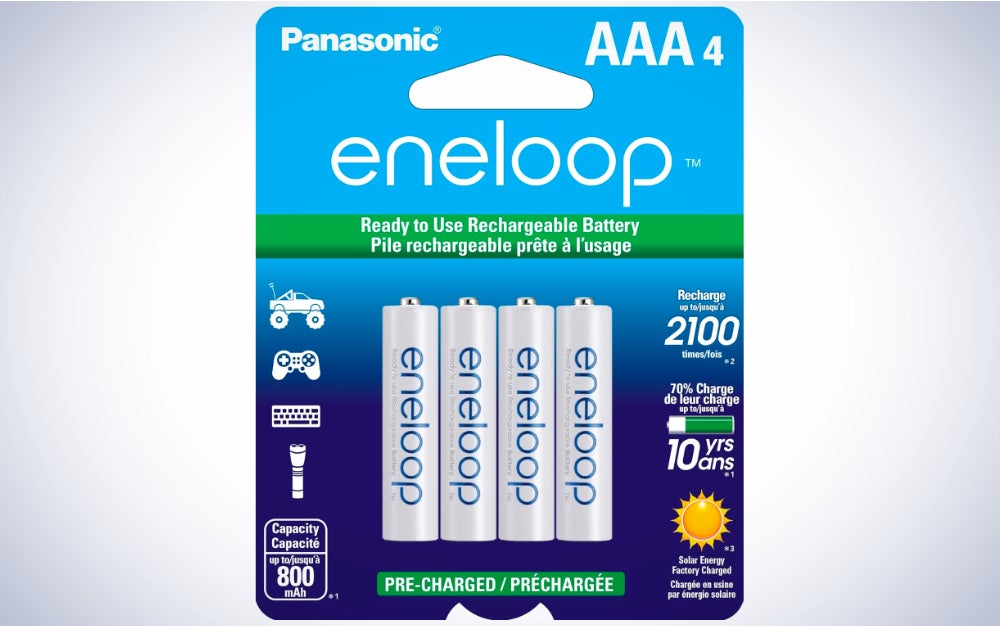
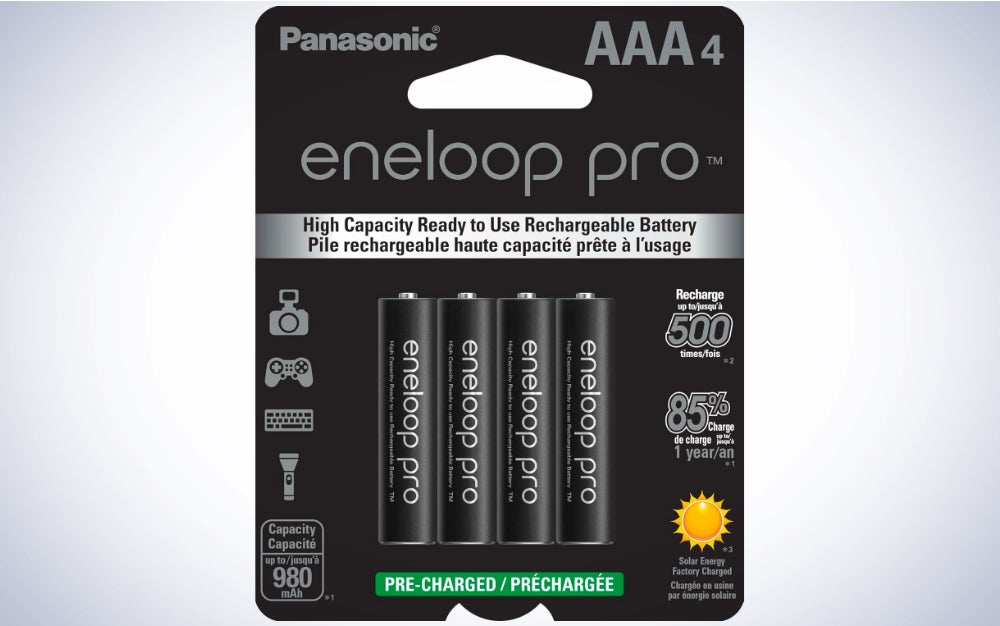
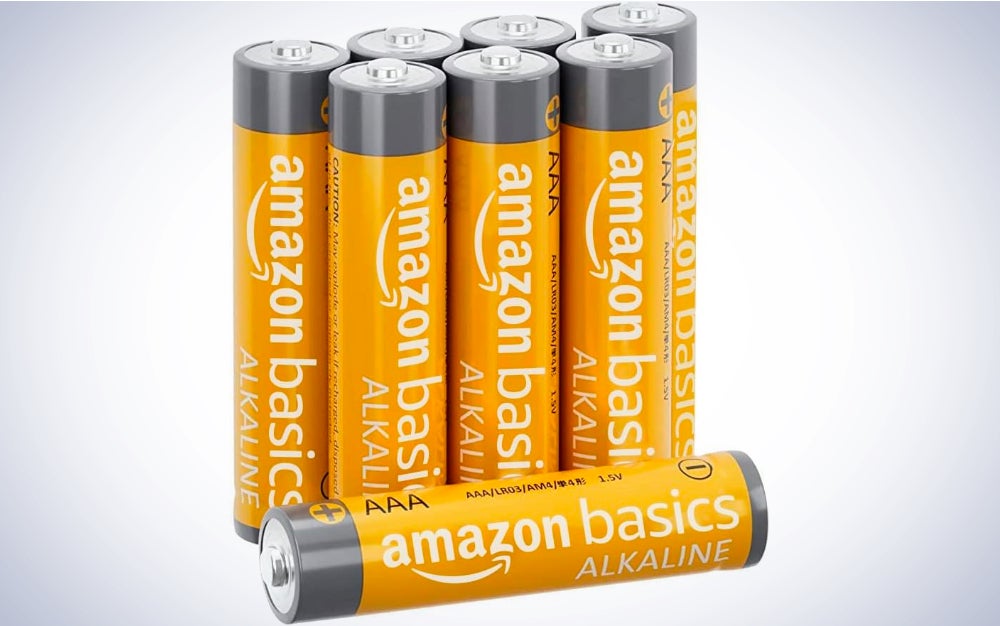
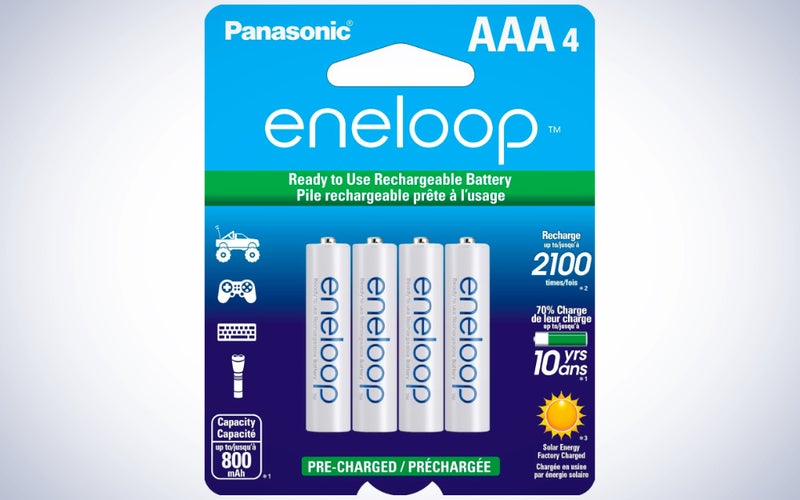
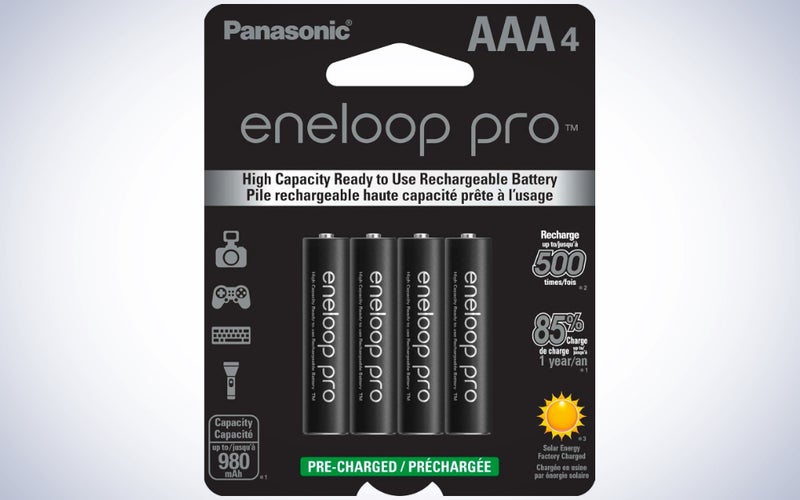
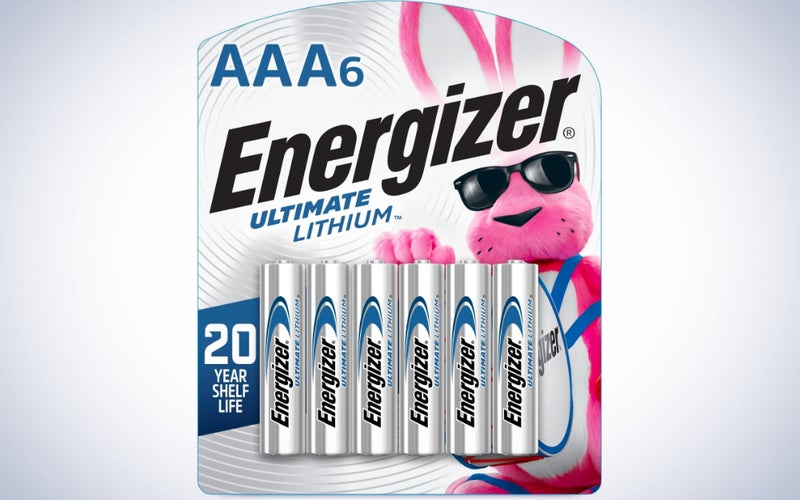
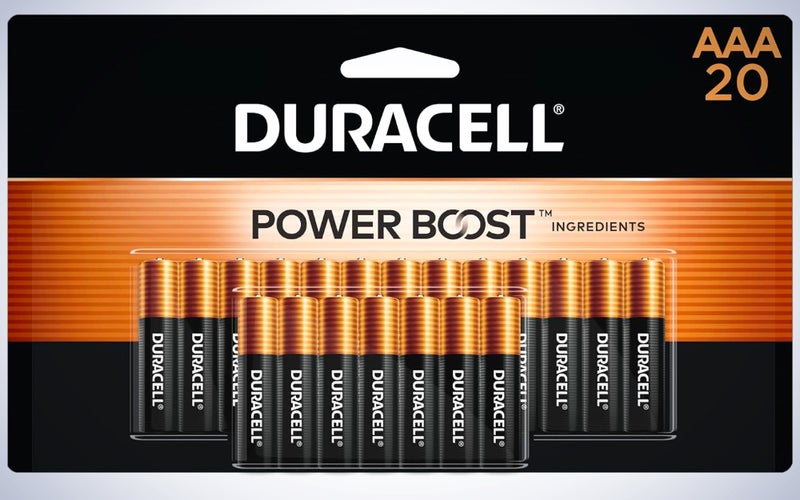
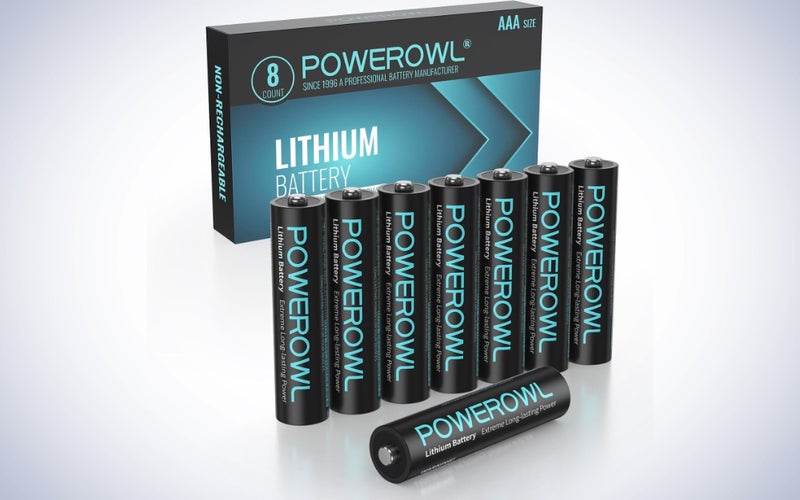
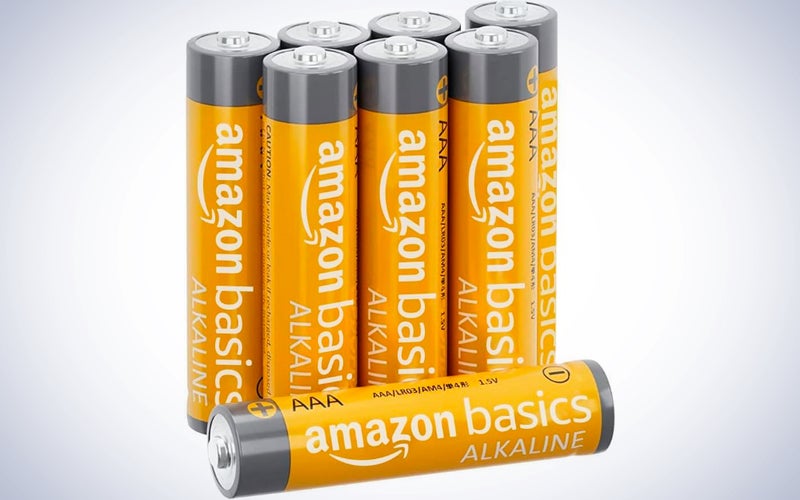


0 Comments